
Welcome to Hyperion Records, a British classical label devoted to presenting high-quality recordings of music of all styles and from all periods from the twelfth century to the twenty-first.
Hyperion offers both CDs, and downloads in a number of formats. The site is also available in several languages.
Please use the dropdown buttons to set your preferred options, or use the checkbox to accept the defaults.

from notes by Roger Nichols © 2011
extrait des notes rédigées par Roger Nichols © 2011
Français: Marie-Stella Pâris
aus dem Begleittext von Roger Nichols © 2011
Deutsch: Viola Scheffel
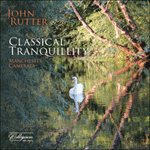 Classical Tranquillity Classical TranquillityEleven guilty musical pleasures to evoke tranquillity in our frantic world …» More |
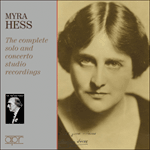 Myra Hess - The complete solo and concerto studio recordings Myra Hess - The complete solo and concerto studio recordings‘In one disc after another you are drawn towards a deeply personal quality that endeared her to thousands … this set will prompt endless reapprai ... ‘A stunning collection of music played by one of the most talented of British pianist’ (MusicWeb International)» More |
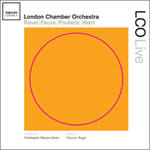 Ravel, Fauré & Poulenc: LCO Live Ravel, Fauré & Poulenc: LCO LiveThe LCO return to disc on Signum with a new and thrilling programme of French orchestral works by Ravel, Fauré, Poulenc and Ibert.» More |
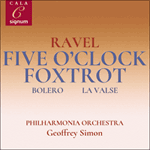 Ravel: Five o'clock foxtrot & other orchestral works Ravel: Five o'clock foxtrot & other orchestral works'Five o'clock foxtrot' (as the ragtime sequence from Ravel's opera 'L’enfant et les sortilèges' came to be known in the 1930s when various dance bands took it up as an instrumental number) sets the scene for a glorious programme of the composer at ...» More |
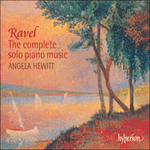 Ravel: The Complete Solo Piano Music Ravel: The Complete Solo Piano MusicIn this set presenting the complete solo piano music of Maurice Ravel, Angela Hewitt’s elegant and poised playing-style—familiar from her acclaimed Bach recordings—proves especially well suited to the works of the fastidious French master: ‘Angela ...» More |
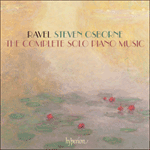 Ravel: The Complete Solo Piano Music Ravel: The Complete Solo Piano MusicNew releases of Steven Osborne’s best-selling discs have become some of the most eagerly awaited events in the pianophile diary. This most delicate and subtle of musicians also displays a pyrotechnical deployment of digital acrobatics, mesmerizing ...» More |

